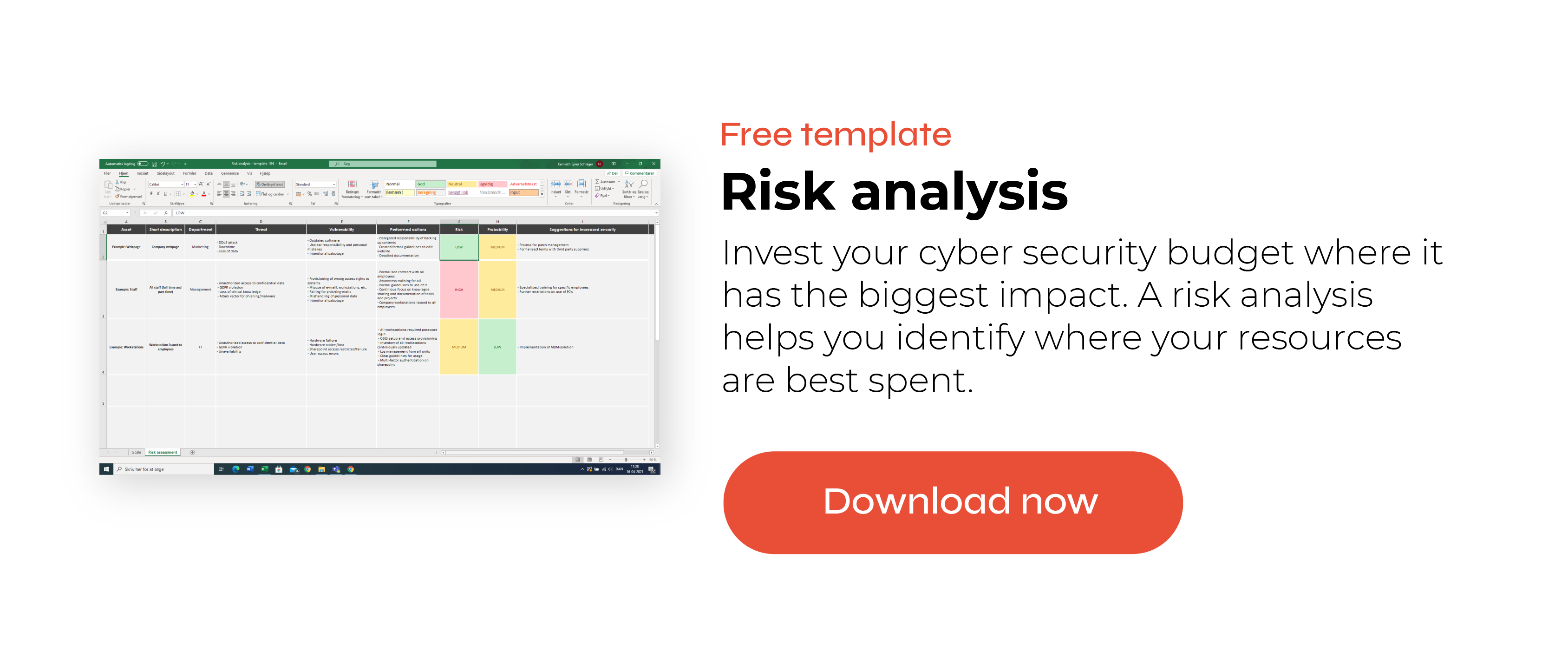In today's digital landscape, businesses face a range of cybersecurity threats, with malware being one of the most dangerous. Understanding what malware is and how to protect your organization from it is crucial for maintaining strong cybersecurity. In this blog, we’ll explore what malware is, how it works, and what practical steps you can take to prevent it from compromising your systems.
What is malware?
Malware is a general term for malicious software designed to disrupt, damage, or gain unauthorized access to a computer system. This can come in many forms, such as ransomware, spyware, and adware, each posing unique risks to your organization. Malware attacks can result in significant financial and reputational damage, making it critical for businesses to stay ahead of these threats.
The cost of malware: A real-world example
One of the most notorious malware attacks occurred in 2017 when the ransomware WannaCry infected over 200,000 systems worldwide. The total cost of the attack was estimated at over $100 million, with numerous organizations having their IT systems shut down for extended periods. WannaCry was a wake-up call for many, highlighting just how devastating a malware attack can be.
How malware enters your system
Malware often finds its way into business networks through human error, such as clicking on a phishing email or downloading a file from an untrusted source. Phishing attacks, which we’ve covered in a previous post, are one of the most common ways cybercriminals introduce malware into a system. Other common entry points include:
- Downloading infected software or files
- Using unsecured Wi-Fi networks
- Clicking on suspicious ads or pop-ups
The rise of "Ransomware as a Service" (RaaS)
The cybercrime landscape has evolved, making malware more accessible than ever. Ransomware as a Service (RaaS), such as Cerber, allows even petty criminals to launch sophisticated attacks without much technical knowledge. The increased availability of such tools has led to a steady rise in ransomware attacks, making it more important than ever for businesses to protect their systems.
Malware isn’t just a computer problem
When people think of malware, they often think of computers, but smartphones are just as vulnerable. In fact, the amount of malware found on Google Play doubled in 2017, and the trend is only growing. While iPhones and Macs have traditionally been seen as more secure, recent attempts to target these systems show that no device is immune.
For organizations, this means it’s not just about protecting computers but securing smartphones, tablets, and any other devices employees use for work. Mobile device management and app vetting should be part of your security strategy.

5 key steps to prevent malware
Preventing malware isn’t just about having the right antivirus software. It’s about creating a culture of security within your organization. Here are five essential rules your employees should follow to reduce the risk of a malware infection:
-
Use Antivirus Software: Ensure all devices, including computers, smartphones, and tablets, have up-to-date antivirus software installed.
-
Be Cautious with Downloads: Employees should never download or open files from unverified or unknown sources.
-
Avoid Untrusted Media: Only use USB drives, CDs, or other external media if you know their source is trustworthy.
-
Update Regularly: Make sure all systems, software, and apps are regularly updated to fix vulnerabilities that malware can exploit.
-
Watch Out for Suspicious Links: Employees should avoid clicking on pop-ups, ads, or suspicious links—especially on unsecured websites.
Continuous vigilance is key
Following these best practices can protect your organization from most malware, but as we’ve seen with WannaCry, cyber threats are always evolving. IT managers and security teams must remain vigilant by continuously updating all cybersecurity protocols. It's important to remember that cybersecurity is not just a technical issue; it’s a people issue. One wrong click from an uninformed employee can put your entire organization at risk.
Investing in cybersecurity awareness training is essential to building a security-first culture. Employees must be regularly educated about the latest threats and trained on how to spot and avoid potential attacks, like phishing emails that can lead to malware infections.

See here for more information about our awareness training.

